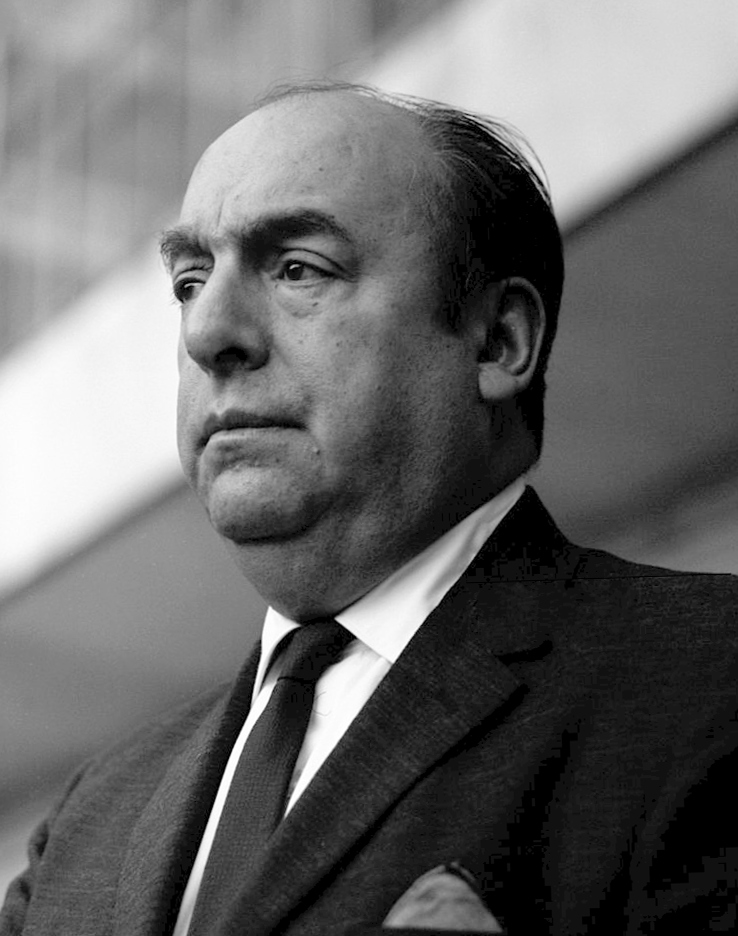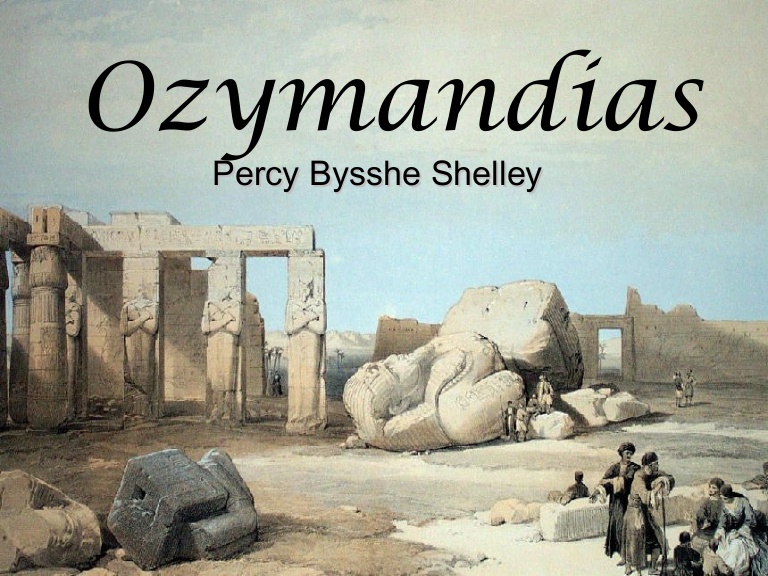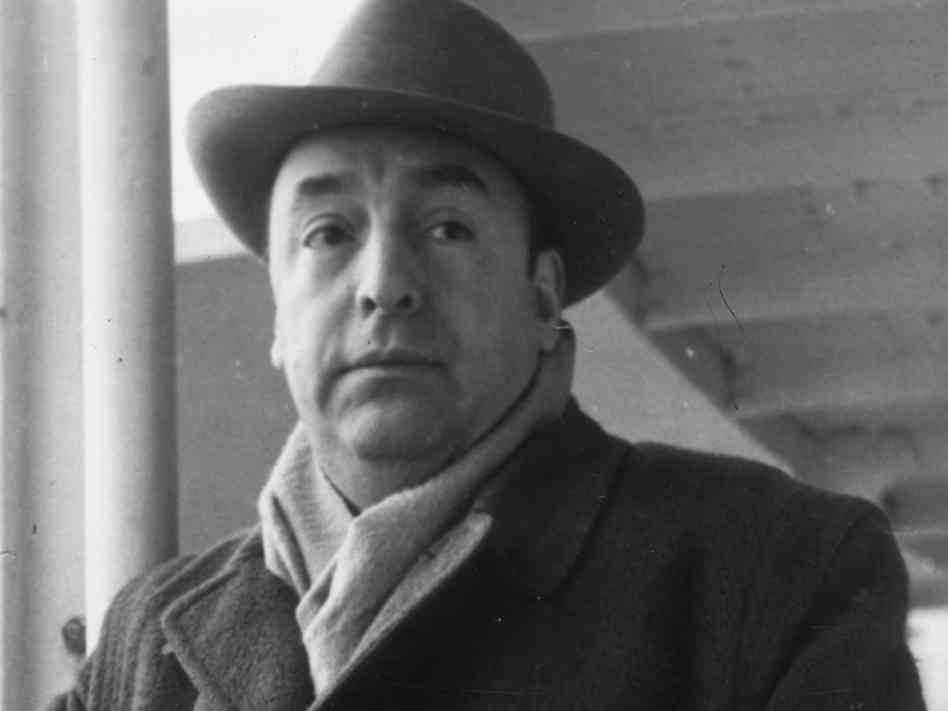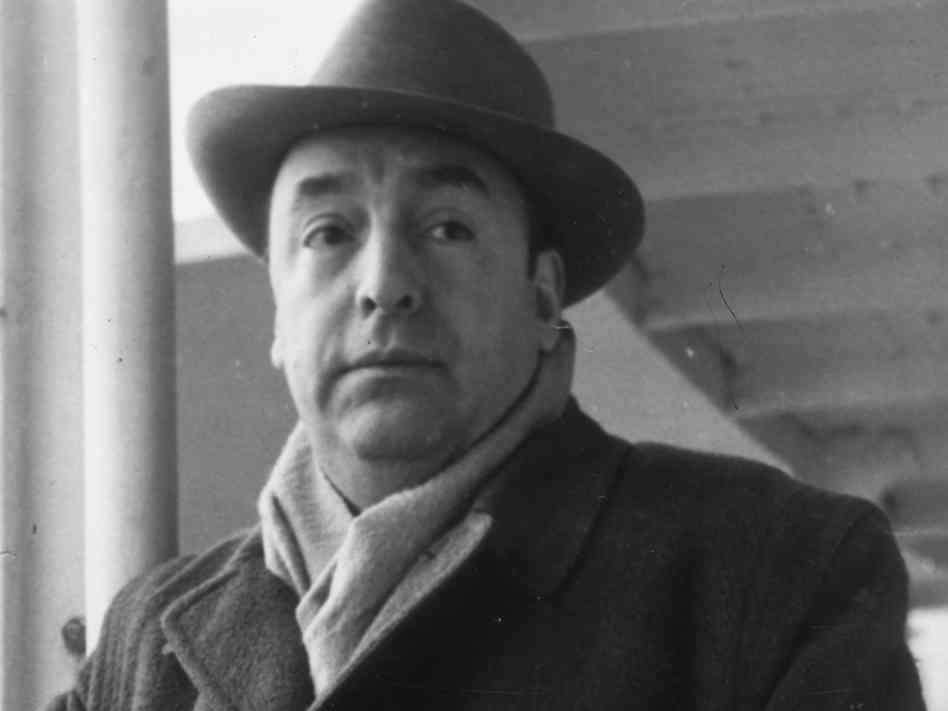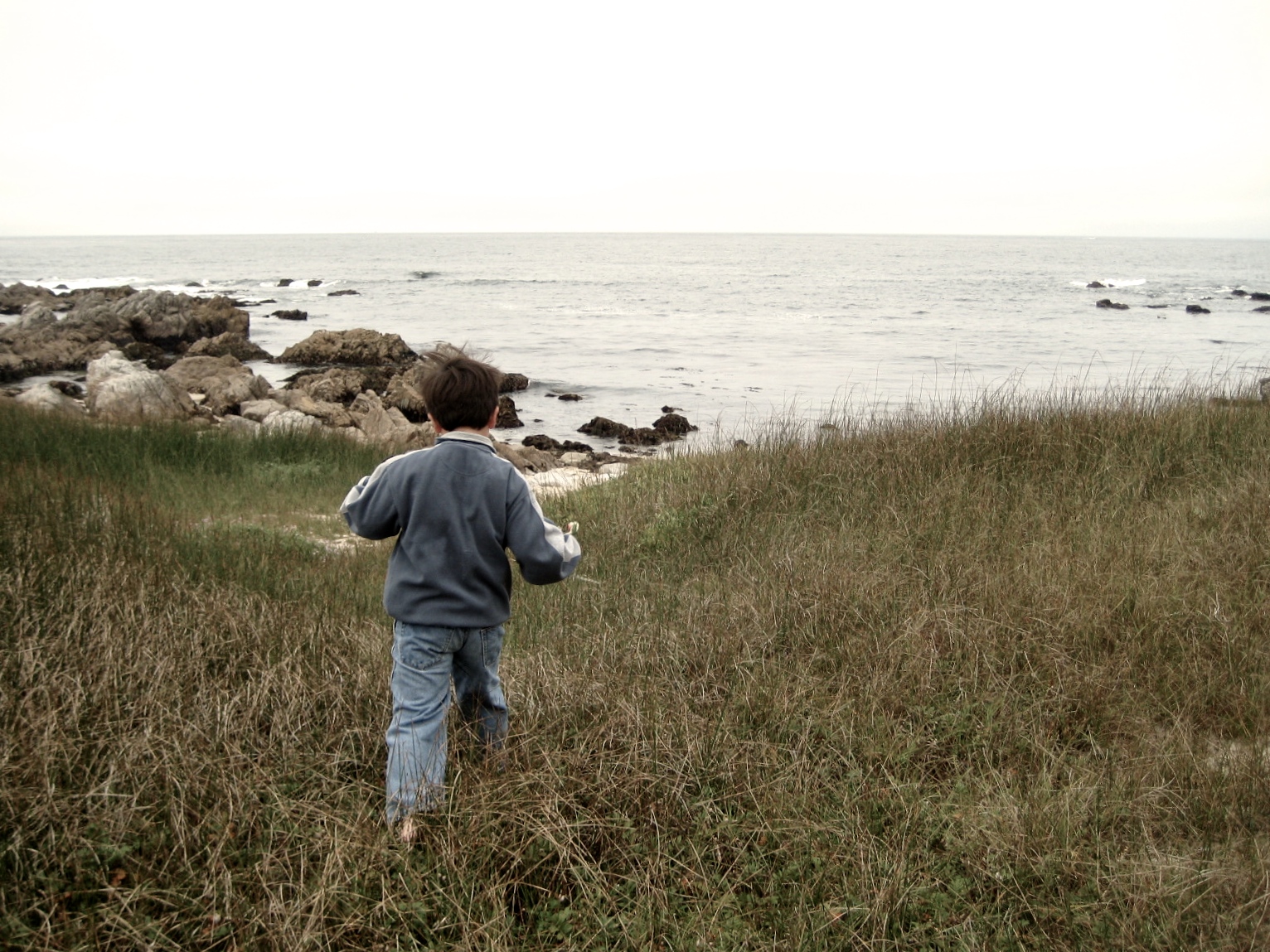Percy Bysshe Shelley- Born in Field Place, near Horsham, Sussex in 1792, Percy Bysshe Shelley belongs to that class of Romantic poets who is regarded not merely as a poet but also as a visionary, an anarchist, a man who believed in revolution. At twelve years of age, he entered a preparatory school at Eton. He was bullied by the other students, and was called by names like “Mad Shelley”. He later went on to join the Oxford, where he had published a pamphlet called “The Necessity of Atheism”; this had caused uproar and he was rusticated from the university in 1811. His marriage was not a fortunate one as well. In 1822, at the age of thirty five he got drowned in a boat off the Italian coast.
Hymn to the Intellectual Beauty- “Hymn to the Intellectual Beauty” was written in 1816 but was published in 1817. The poem is an eighty four line ode, which is more like a reflection of the poet’s view of nature. The poem has been highly influenced by William Wordsworth’s “Ode: Intimations of Immortality”, hence the initial part of the poem depicts the Wordsworthian treatment of nature. However towards the end, the pet breaks away from that and it seems like he has realised the real beauty is the intellectual beauty that should be worshipped and not its manifestation in nature. The poem ends with the poet’s realisation that imagination is more important than nature; that he should respect his as well as others’ imagination as, that is the real beauty, and not a mere manifestation.
Poetic Devices in Hymn to the Intellectual Beauty-
Personification-
In Line 1, Power has been personified. In the second stanza, “The Spirit of Beauty” has been personified. The poet addresses the spirit as if it is a living being.
Metaphor-
In Stanza 4, “Love, Hope, and Self-esteem, like clouds depart”, love, hope and self-esteem are compared to clouds. In Line 45, “Like darkness to a dying flame!”, darkness has been compared to a dying flame.
Summary of Hymn to the Intellectual Beauty-
The speaker informs the reader about a shadow of an unseen Power floats among human beings, occasionally visiting human hearts—manifested in summer winds, or moonbeams, or the memory of music, or anything that is unique for its intriguing grace. Addressing this Spirit of Beauty, the speaker asks where it has gone after filling the human heart with overwhelming ecstasy, why it left the world so desolate, how come the human heart feels the presence of hope and love when it is present, which is replaced by hatred once it departs. The speaker dissed the mortal poets who explain the presence of the Spirit of Beauty by equating it with “Demon, Ghost, and Heaven”; only he understands that this Spirit can give “grace and truth to life’s unquiet dream”. It is only because this Spirit comes and leaves, that human beings experience at times “Love, Hope, and Self-Esteem” and at times hatred. If it would only stay in the human heart forever, man would be “immortal and omnipotent”. This Spirit is responsible for the inspiration of the lovers and nourishes thoughts; the speaker persuades the Spirit to not leave him even after his death, as he fears that without it, his death will be “a dark reality”.
Next the speaker moves on to recall his childhood days. He recalls that when he was just a boy, he “sought for ghosts,” and explored caves and forests looking for “the departed dead”; but it was only when he saw the shadow of the Spirit than he experienced the transcendence. At that moment, he says, “I shrieked, and clasped my hands in ecstasy!” This was the moment when the speaker had decided to dedicate his life to the Spirit of Beauty; now he asserts that he has kept his vow—he has always hoped that the “awful loveliness” would free the world from slavery.
The speaker points out the difference between the summer and autumn noon. He notices that after noon the day becomes “more solemn and serene,” and in autumn there is a presence of “lustre in the sky”. However, the speaker doesn’t see the presence of any such change in the summers. The speaker asks the Spirit to provide him with “calm” to his “onward life”. This life mostly concerns the life of a man who worships the Spirit and every form that contains it and who fears himself and loves all humankind.
Critical Analysis of Hymn to the Intellectual Beauty-
The background of the poem gives the information that the poem was conceived and written during a boating excursion with Byron on Lake Geneva, Switzerland, in June 1816. Keeping this in mind it can be said that, most likely, the Swiss Alps was responsible for elevation of the poet’s imagination and led to his claim that “intellectual beauty” as the true beauty. It is the lyric hymn, which demonstrates Shelley’s method of Romantic ideal of communion with nature into his own aesthetic philosophy. The “Intellectual Beauty” that the poem talks about is not the beauty of the mind or of the working intellect, but rather the intellectual idea of beauty. The poet explores two different areas in the poem, first, the qualities of beauty and second, the quality of the human being’s response to it.
The Spirit of beauty is a metaphor that the poet very skilfully separates from the particulars of natural beauty, and then he moves on to explain the role that it plays, and also compares it with the natural beauty itself. This comparison enables the poet to explore the various angles to exemplify the spectacular experience of natural beauty over and over again as the poem proceeds towards its climax. But there is a very remarkable feature of the poem, all the natural beauty that the poet compares the Spirit with, is a mere backdrop, as he focuses sternly on exploring the Spirit itself, the intellectual beauty that the poet talks about.
Central idea of Hymn to the Intellectual Beauty-
Central to the poem is undoubtedly the Spirit of Beauty. Throughout the poem the poet is seen to be convinced about the presence of spiritual power that differs from the mundane physical world and human heart. The power is invisible to man, but it shows up in shadows just as it had shown up when the poet was a boy, and had startled him. It visits also “with inconstant glance/ Each human heart and countenance.” And when it passes away it leaves “our state, / This dim vast vale of tears, vacant and desolate.” It seems like the poet is unaware of the reason behind the Spirit’s unpredictable appearance and disappearance. Because of this tendency of the Spirit, the poet pleads with his deity the concluding stanza the poet is seen praying that the power of the Spirit of Beauty will continue to supply its calm “to one who worships thee, And every form containing thee.” Shelley meant to convey the idea that his concept of beauty was abstract rather than concrete. Shelley’s method is romantic, but he does not bind himself to nature like Wordsworth, rather he separates the essence of true beauty from the nature itself.
Tone of Hymn to the Intellectual Beauty-
While Plato believed Beauty should be sought after eventually until the true beauty is achieved, Shelley seems to believe that Beauty can be found in the earthly manifestations and can be attained through imagination. The poem reflects the same tone; it is like a journey that the poet sets out on, a journey to find the true Beauty. While the initial lines depicts the poet appreciating the presence of the Spirit, the concluding lines shows a more confident poet who knows that the Spirit is present and has blessed him, as without it, even death will be a curse.
Conclusion- “Hymn to the Intellectual Beauty” is a poem which give us the picture of Shelley’s philosophy. It is the journey which involves the poet’s initial shock when he had first felt the presence of the Spirit of Beauty and ends with his admiration for the same. Shelley sets his romanticism apart from that of Wordsworth through this poem. His direct address to the Spirit makes it more like a conversation thereby making the reader a spectator of the same.
Some online learning platforms provide certifications, while others are designed to simply grow your skills in your personal and professional life. Including Masterclass and Coursera, here are our recommendations for the best online learning platforms you can sign up for today.
The 7 Best Online Learning Platforms of 2022
- Best Overall: Coursera
- Best for Niche Topics: Udemy
- Best for Creative Fields: Skillshare
- Best for Celebrity Lessons: MasterClass
- Best for STEM: EdX
- Best for Career Building: Udacity
- Best for Data Learning: Pluralsight
